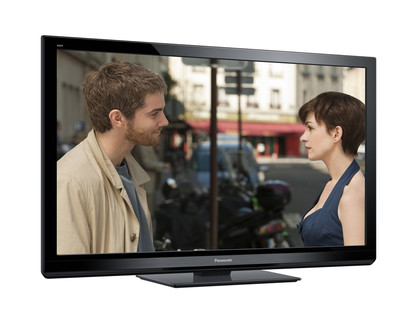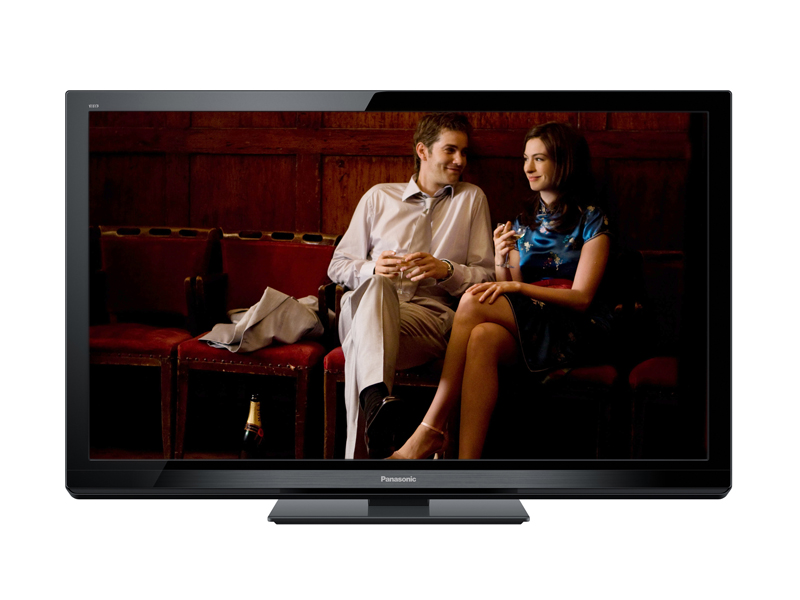Why you can trust TechRadar

Plasma is often lauded by videophiles as the best technology for movie watching, and the Panasonic TX-P50G30B's performance certainly backs up this viewpoint. With Blu-rays, Panasonic's TV delivers a cinematic performance - and the 50-inch screen size helps, too.
For most of this test we stuck resolutely to the THX preset, on the assumption that the scions of George Lucas must know what they're doing. With this setting, the screen breezed through our regular bouquet of test patterns.
A 32-step black-to-white screen showed an absence of crushed blacks and bleached whites and the same impressive performance was true with colours. Clear gradations were visible.
Just for fun we swapped to the Dynamic mode and were immediately rewarded with a total lack of subtlety with bright reds, greens, blues and yellows, which suggests that you'd do well to avoid this particular preset like the plague.
Curiously, the THX preset is the only one that disables the screen's Overscan feature. If you prefer, say, the equally agreeable Cinema mode, you have to put up with extreme areas of the image being lost, unless you are sufficiently clued-up to find the Off switch lurking in the ISF submenu.
Motion processing is top-notch. Fast-moving material retains details, and if you're not prepared to put up with a little judder with 1080p material you can switch on Panasonic's IFC mode, which (even on its lower setting) manages to smooth out motion without introducing the kind of artefacting that can seriously blight the viewing experience.
The innate sharpness of full HD material and the TX-P50G30B's natural colour performance and deft touch with fast motion means movies come across as lifelike and easy on the eye. The leafy jungles and orange-tinged interiors of sci-fi snorter Predators (2010 Blu-ray) were delivered with considerable aplomb, and free from any sort of noise and picture flaws.
We could happily watch movies on this TV all day.
This enjoyment is also helped by the TX-P50G30B's impressive black levels. Plasma technology reaps benefits here, and it's refreshing not to have to contend with the backlighting issues that are sometimes prevalent on CCFL and LED-based sets.
In a head-to-head comparison with Philips' 46PFL9705, we found a greater depth and subtlety to the Panasonic's dark tones, even though more would still have been welcome. We even resorted to lowering the brightness level on the THX preset a touch (sorry Mr Lucas), but this had the inevitable impact on the picture's overall punch.
The TX-P50G30B's brightness lets the side down. Peak whites seem to lack a bit of pop, an observation that is backed up by an objective luminance measurement from the lab that recorded 21.3fL in THX mode (compared, for example, to 79fL on a Panasonic 32-inch LCD).
Away from Blu-ray, the set is perfectly adequate with Freeview material. Images from HD channels are noticeably better than standard-def, but even the latter survive the journey from tuner to 50-inch screen with their dignity intact (provided you don't watch with your nose all but pressed up against the screen).
You may also want to ramp up the brightness a touch if you're viewing in a well-lit room, or switch on the CATS feature, which will do that for you.
Current page: Panasonic TX-P50G30B: Picture quality
Prev Page Panasonic TX-P50G30B: Features Next Page Panasonic TX-P50G30B: Sound, value and ease of use